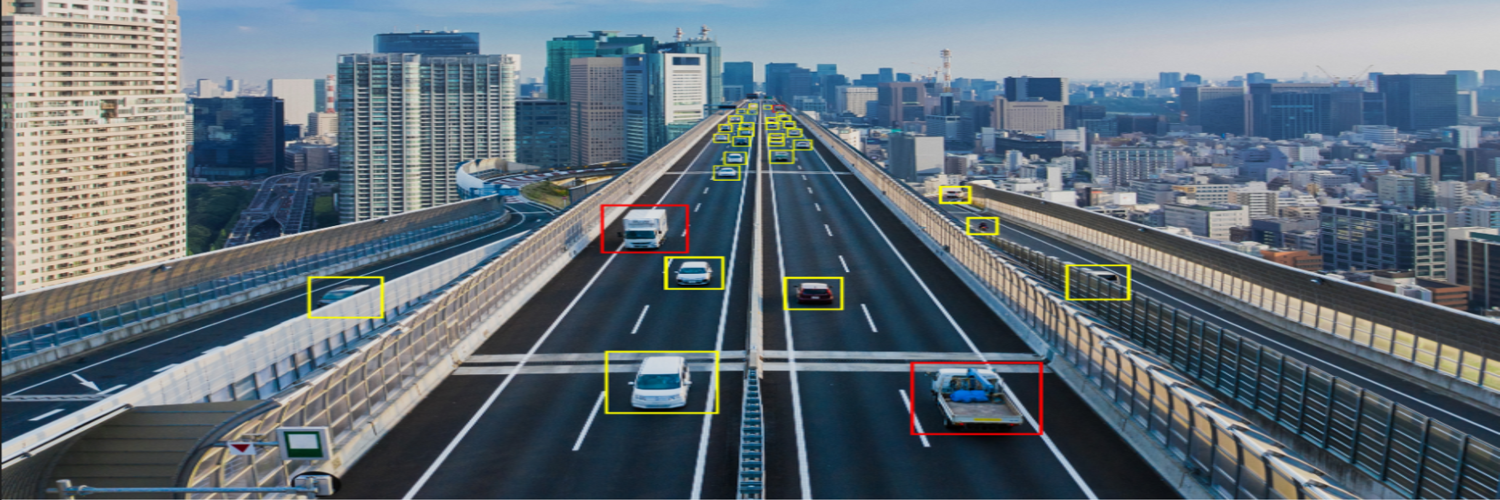Smart Cities and Intelligent Transportation Systems
Boosting road safety through smart detection of traffic violations is a valuable approach that combines technology, data analysis, and enforcement to reduce the number of accidents and improve overall traffic conditions. Here's how this concept can be implemented:
1. Traffic Surveillance Cameras: Deploying a network of high-quality surveillance cameras at key intersections, highways, and accident-prone areas can provide real-time monitoring of traffic behavior. These cameras can capture footage of vehicles, pedestrians, and cyclists, creating a comprehensive view of road activity.
2. Automatic License Plate Recognition : Can be integrated with surveillance cameras to automatically read license plate numbers of passing vehicles. This allows authorities to identify vehicles that are involved in violations or are wanted for other reasons.
3. Traffic Violation Detection Algorithms: Implement advanced computer vision algorithms to analyze the footage and identify various traffic violations, such as running red lights, speeding, illegal lane changes, and not yielding to pedestrians. These algorithms can distinguish between normal traffic behavior and potential violations.
4. Real-time Data Processing: The collected data from surveillance cameras and Automatic License Plate Recognition systems should be processed in real time. This can be achieved through edge computing or cloud-based systems. Real-time processing allows immediate detection of violations and alerts to relevant authorities.
5. Automated Alerts and Notifications: When a violation is detected, an automated alert can be generated and sent to law enforcement agencies. This enables rapid response and intervention to address the violation and prevent potential accidents.
6. Integration with Traffic Management Systems: Connect the violation detection system with traffic management systems, such as traffic lights and variable message signs. This integration can help manage traffic flow and reduce congestion, contributing to overall road safety.
7. Data Analytics for Insights: Collect and analyze the data from the traffic violation detection system over time. This can provide insights into common violation patterns, high-risk areas, and peak violation times. Authorities can use this information to devise targeted interventions.
8. Automated Ticketing: In cases where violations are clear, automated systems can generate and issue tickets to the violators. This reduces the burden on law enforcement officers and ensures consistent enforcement.
9. Public Awareness Campaigns: Alongside enforcement, educate the public about the importance of obeying traffic rules and the role of the smart detection system in enhancing road safety. Awareness campaigns can contribute to behavior change.
10. Continuous Improvement: Regularly update and refine the detection algorithms based on the collected data and feedback. Embrace technological advancements to enhance the accuracy and efficiency of the system.
Benefits:
Reduced Accidents: Prompt detection and intervention in traffic violations can prevent accidents and improve road safety for all users.
Deterrent Effect: Knowing that violations are being closely monitored can discourage drivers from breaking traffic rules.
Efficient Enforcement: Automation reduces the need for manual enforcement, freeing up law enforcement resources for other tasks.
Data-Driven Decision-Making: Insights from collected data can guide infrastructure improvements and targeted enforcement efforts.
Consistency: Automated systems ensure consistent enforcement, eliminating bias or human error.
However, it's important to balance technology-driven enforcement with privacy considerations. Proper data handling, encryption, and ensuring that the collected data is used solely for the purpose of enhancing road safety are crucial aspects of such a system's implementation.

